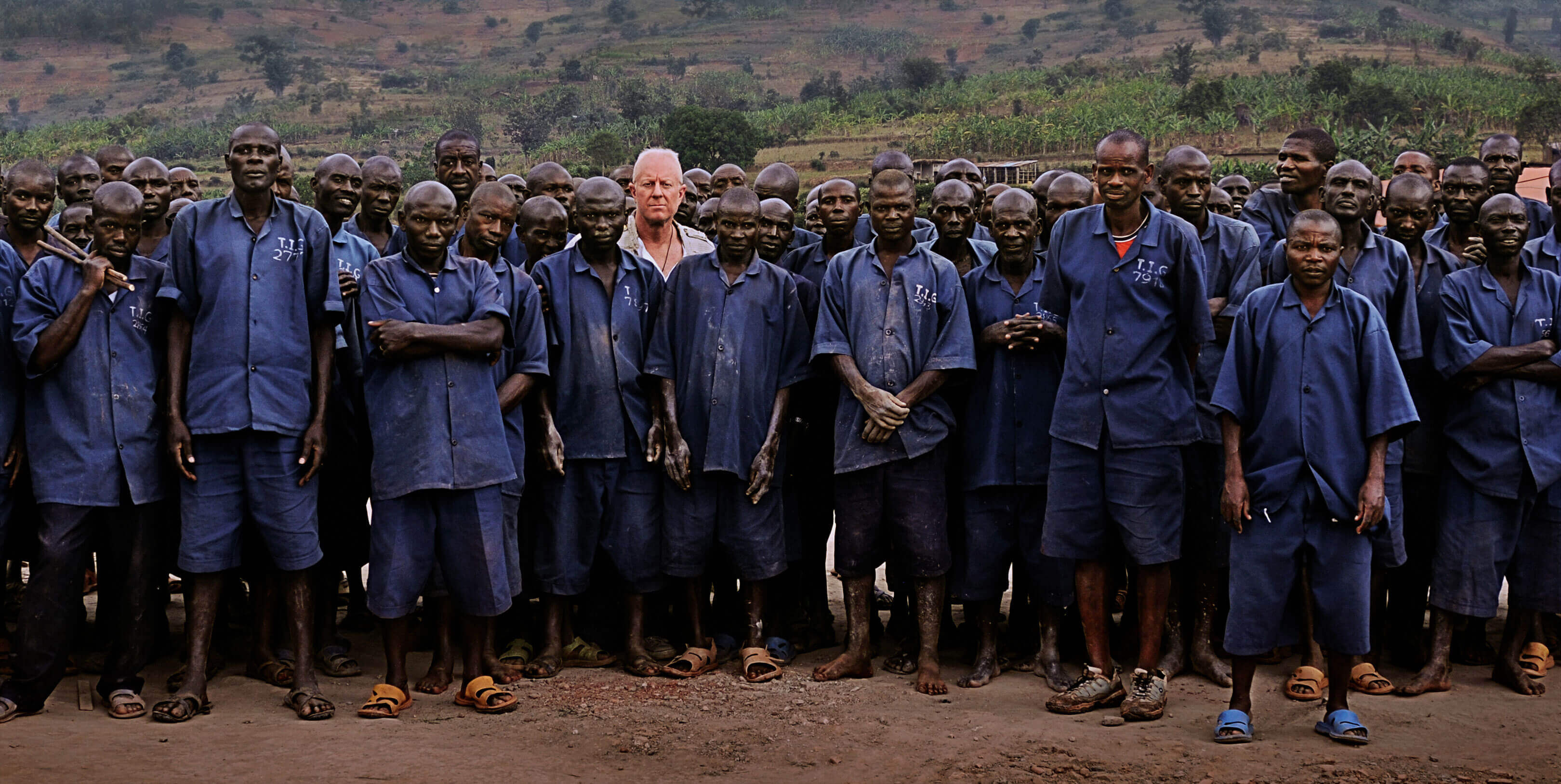The power of hope through the eyes of children
Words and photographs
by Bobby Sager
Fall 2019
The smallest ray of light can ignite the human spirit’s ability to overcome.
In war-torn countries around the world, philanthropist and photographer Bobby Sager has discovered the transcendent power of hope through the eyes of children. Despite unthinkable violence and destruction, his portraits reveal joy, innocence, and strength.
AN AMERICAN IN AFGHANISTAN, A WHITE PERSON IN RWANDA, AND A JEW IN PALESTINE.
I’ve spent much of the last nineteen years living in traumatized communities around the world while doing the work of our family foundation. I met the children in this book during those travels.
During my family’s years on the road, our most transcendent moments came when least expected, from the joys and frustrations of sharing in ordinary people’s everyday lives. These photographs were born out of those everyday moments.
The first edition of Invisible Sun was published in 2008. Eleven years later, I have refined my ideas and added new images from places that were okay a decade ago and now most certainly are not. But regardless of when or where I took these photographs, their underlying theme remains the same: hope isn’ just nice, it’s a game-changer.
These kids face daily challenges that bend my spirit and break my heart. Meeting them has nourished and energized me. I hope it does the same for you.
Visit these kids when you need to remember the power of the human spirit to overcome. Visit these kids when you need to remember to be more thankful in your own life. Visit these kids and ask, “Am I doing all I can to help?”
Everyone has to connect their own dots. Maybe the experience of this book will in some small way help you to connect yours.
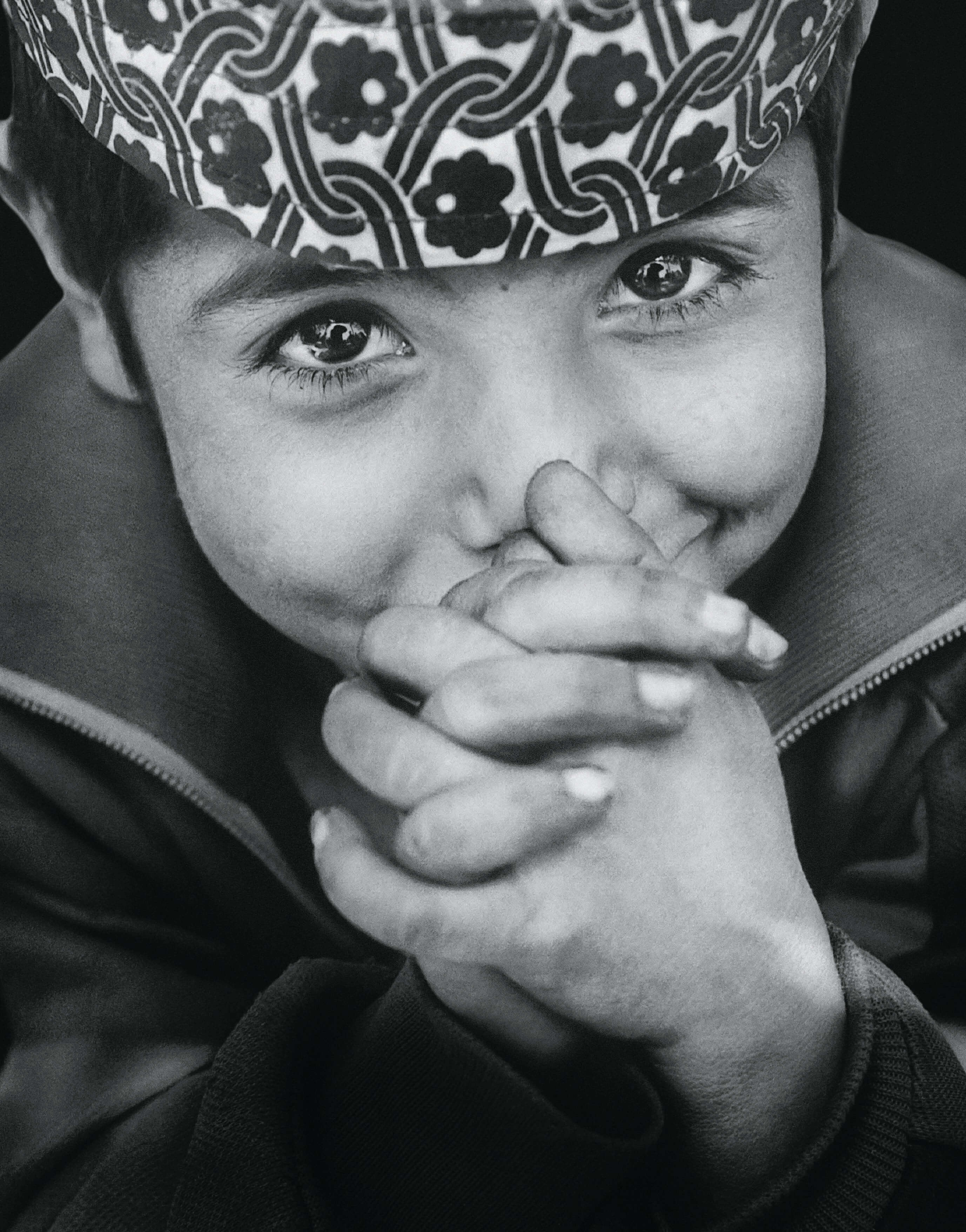
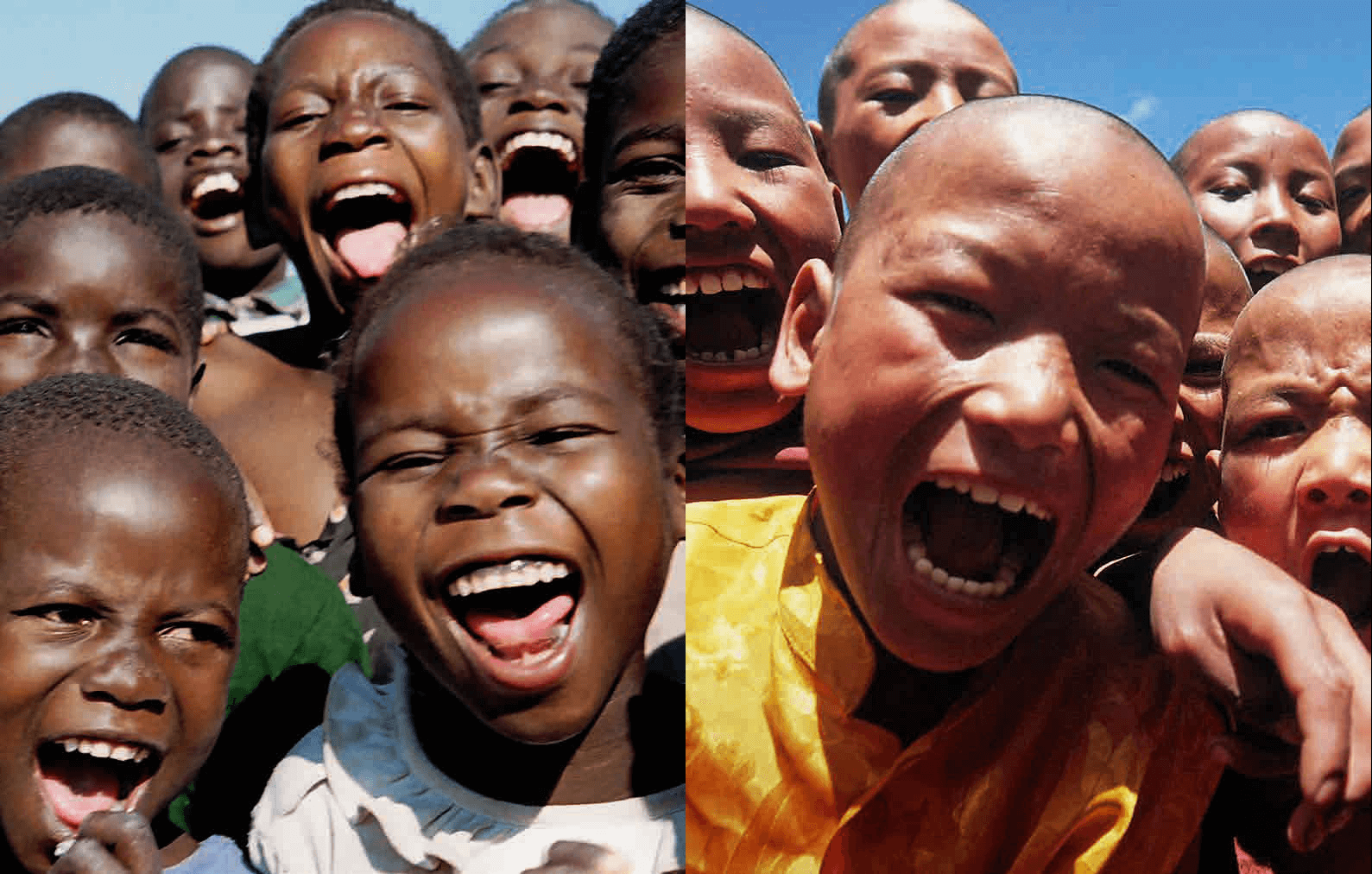
Kigali, Rwanda, 2005 (left). Lo Manthang, Kingdom of Mustang, 2003 (right).
The same moment a world away. The details are different but the essential being is the same. So much alike yet we are so focused on our microscopic differences.
There has to be an invisible sun
It gives its heat to everyone
There has to be an invisible sun
That gives us hope when the whole day’s done—Sting
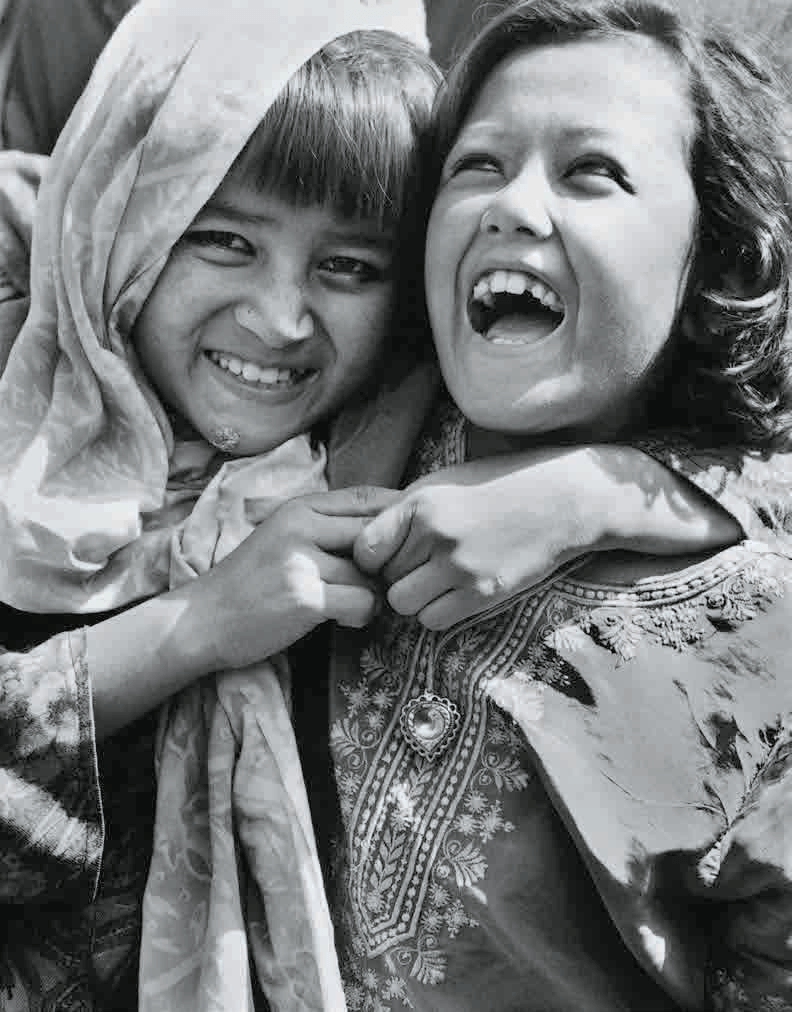
Hope is a game-changer
The first edition of Invisible Sun was published in 2008. Eleven years later, I have refined my ideas and added new images from places that were okay a decade ago and now most certainly are not. But regardless of when or where I took these photographs, their underlying theme remains the same: hope isn’t just nice, it’s a game-changer.
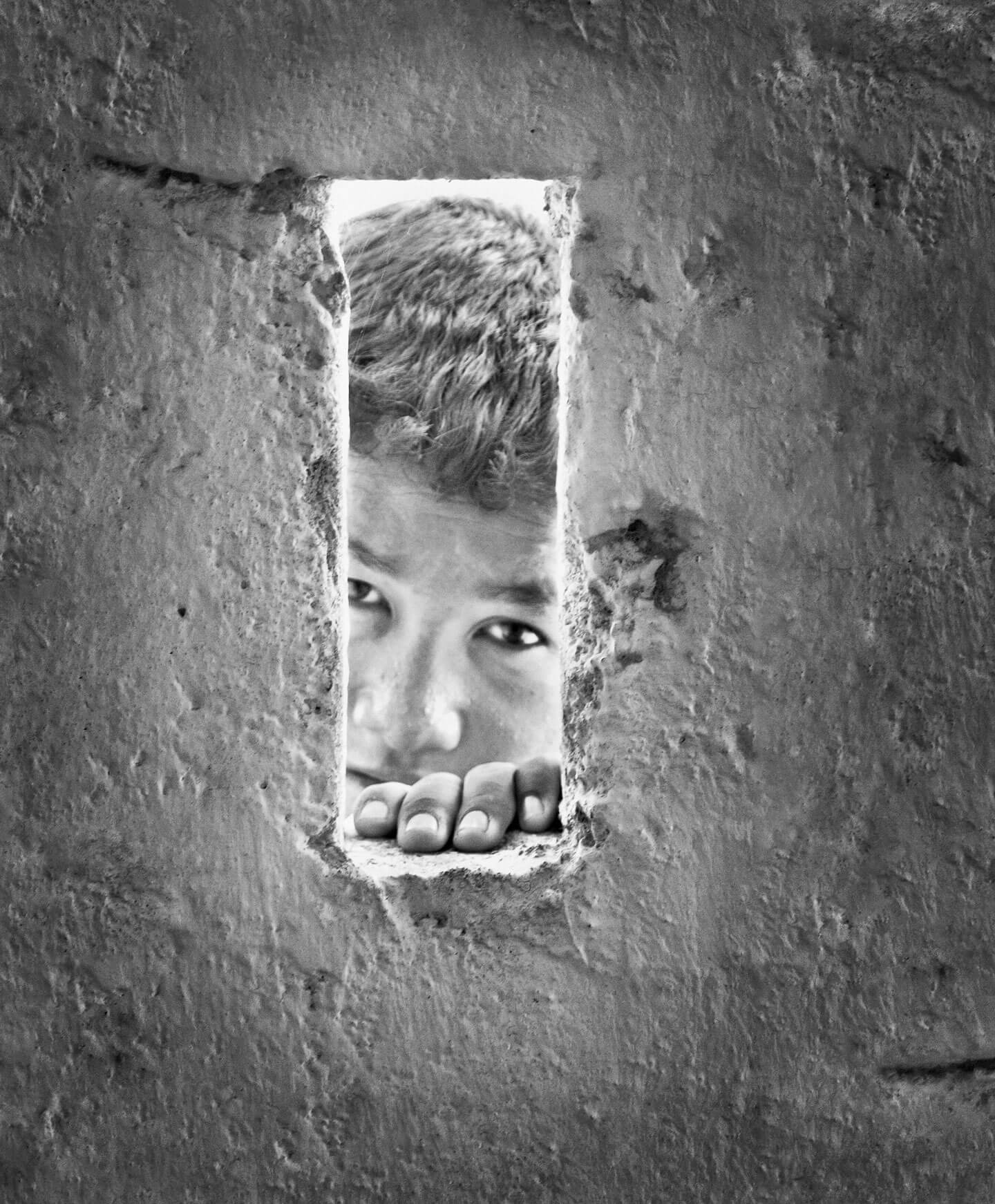
I chose to use only images of children because it is through the strength and hope in their young eyes that the power of the invisible sun is so compelling. I photographed them from weeks after September 11, 2001, until December 2018. They live in alleyways, refugee camps, slums, and remote villages from Afghanistan, Syria, and Pakistan to Rwanda, Sri Lanka, Palestine, and the Tibetan Diaspora. They are orphans, child soldiers, refugees, and just plain kids dealing with war, conflict, natural disaster, abuse, displacement, or simply being born into an incredibly unlucky situation. I was face-to-face with them because I was there to help. That’s a big part of the connection that I hope you see in their eyes.
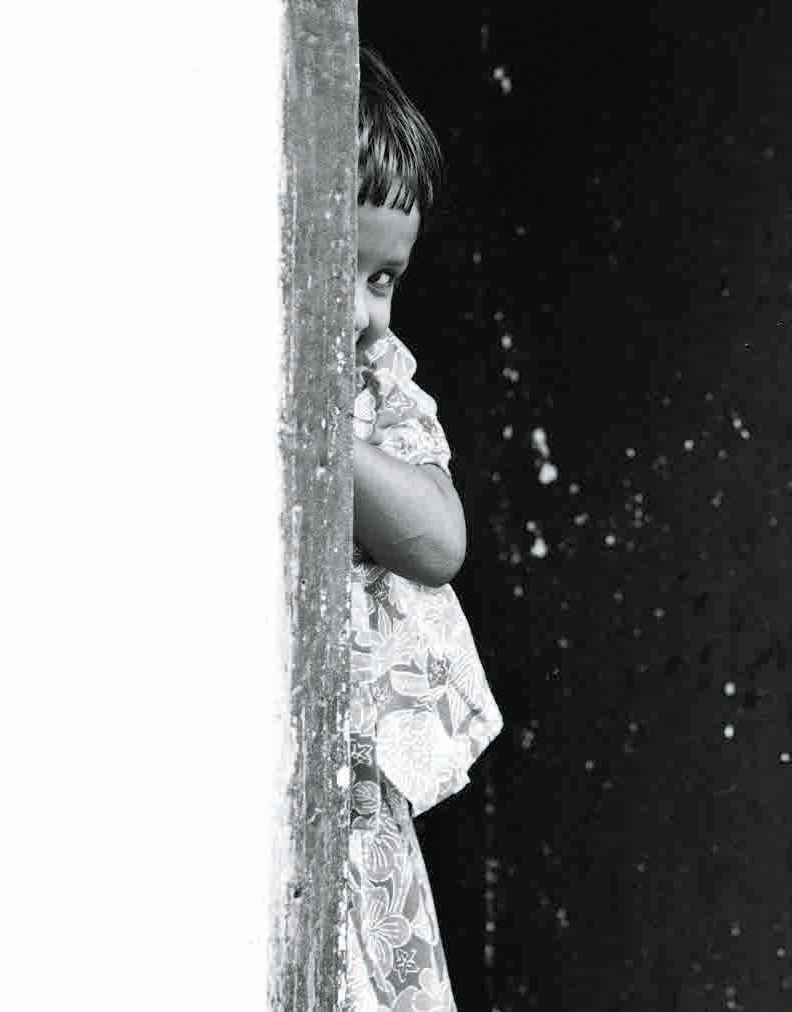
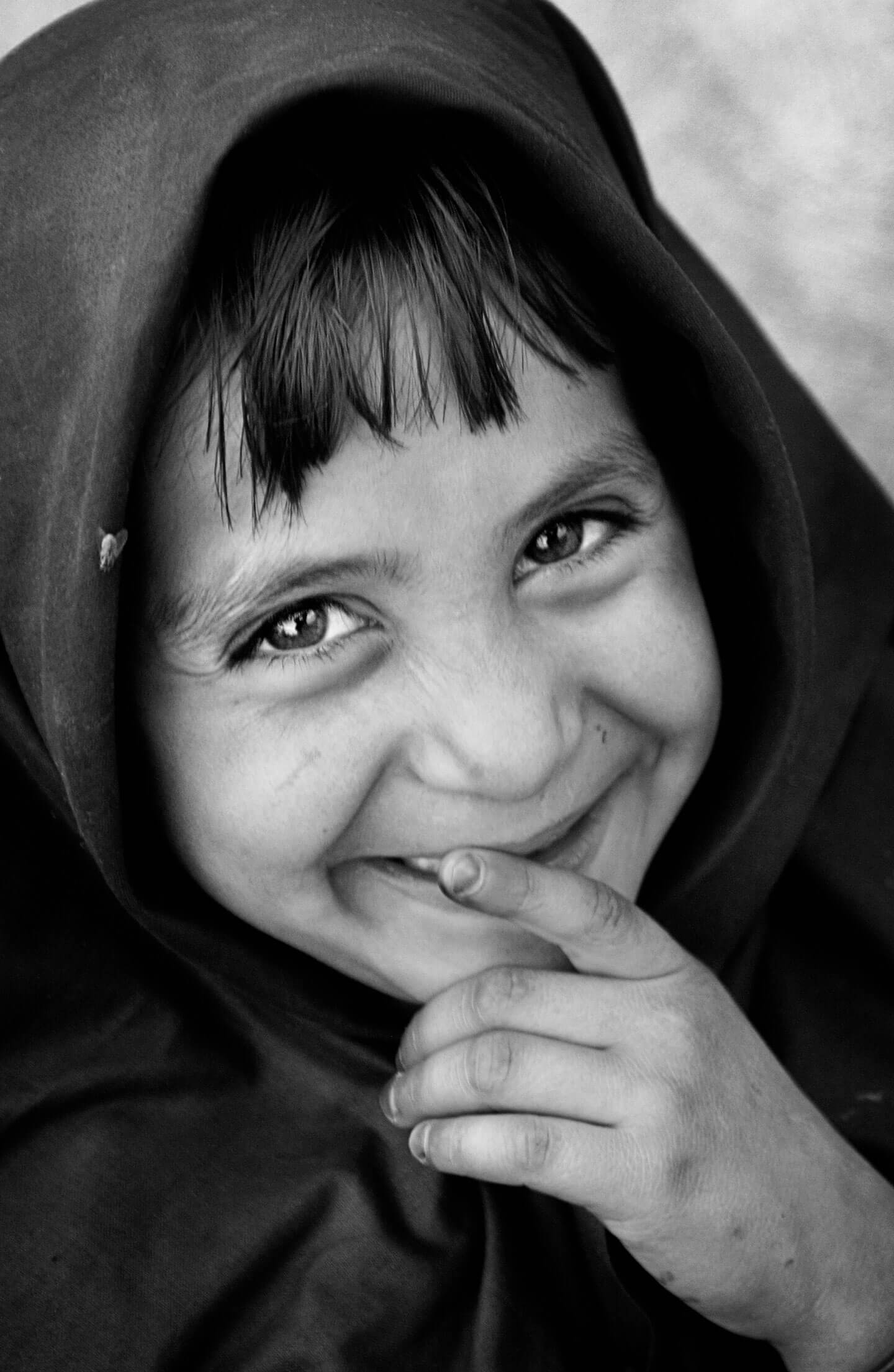
Don’t feel bad for these kids. They don’t want our pity.
My motivation for introducing you to these children is not so you can say, “Oh, look at those poor kids. I want to give them a hug.” Hopefully, you will take strength from their strength, feel more thankful in your own life, and find ways to give people hope—not just by giving money, but by giving something of yourself.
Same three kids, totally different moment
I came across these kids while walking through a bombed-out neighborhood in Kabul. There was so much sadness, distance, and suspicion in their eyes. Then I made a fart sound by doing a raspberry with my mouth. The photograph on the top shows the boys’ reaction to a stranger. The photograph on the bottom just a few seconds later is their reaction to me.
Far from being an impediment to engaging with others, I use the fact that the camera is there as a way to start a conversation and make a connection with people. When I make a funny noise with my mouth and the kids react with a laugh or a smile, that’s not the end of the moment—it’s just the beginning. If there were only a chuckle, then the whole interaction would be reduced to nothing more than a party trick. But when my vulnerability and openness give way to a growing light in their eyes, the moment shifts to a more primal, tender, and most of all authentic place.
Real connection is not about making someone laugh; it is about making someone feel like you care. Not as an object to be photographed, but as a flesh-and-blood human being with dreams, fears, and incomprehensible challenges.
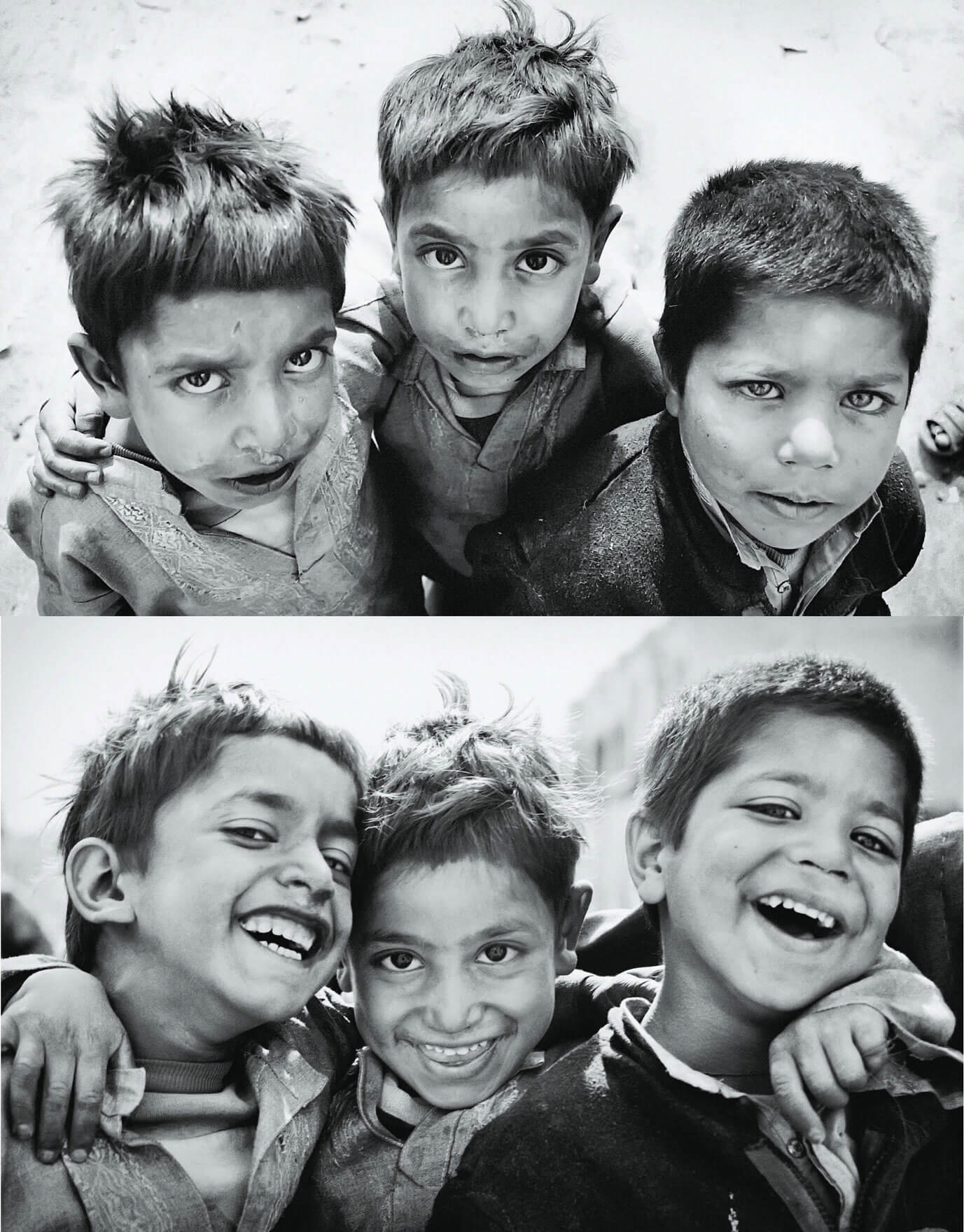
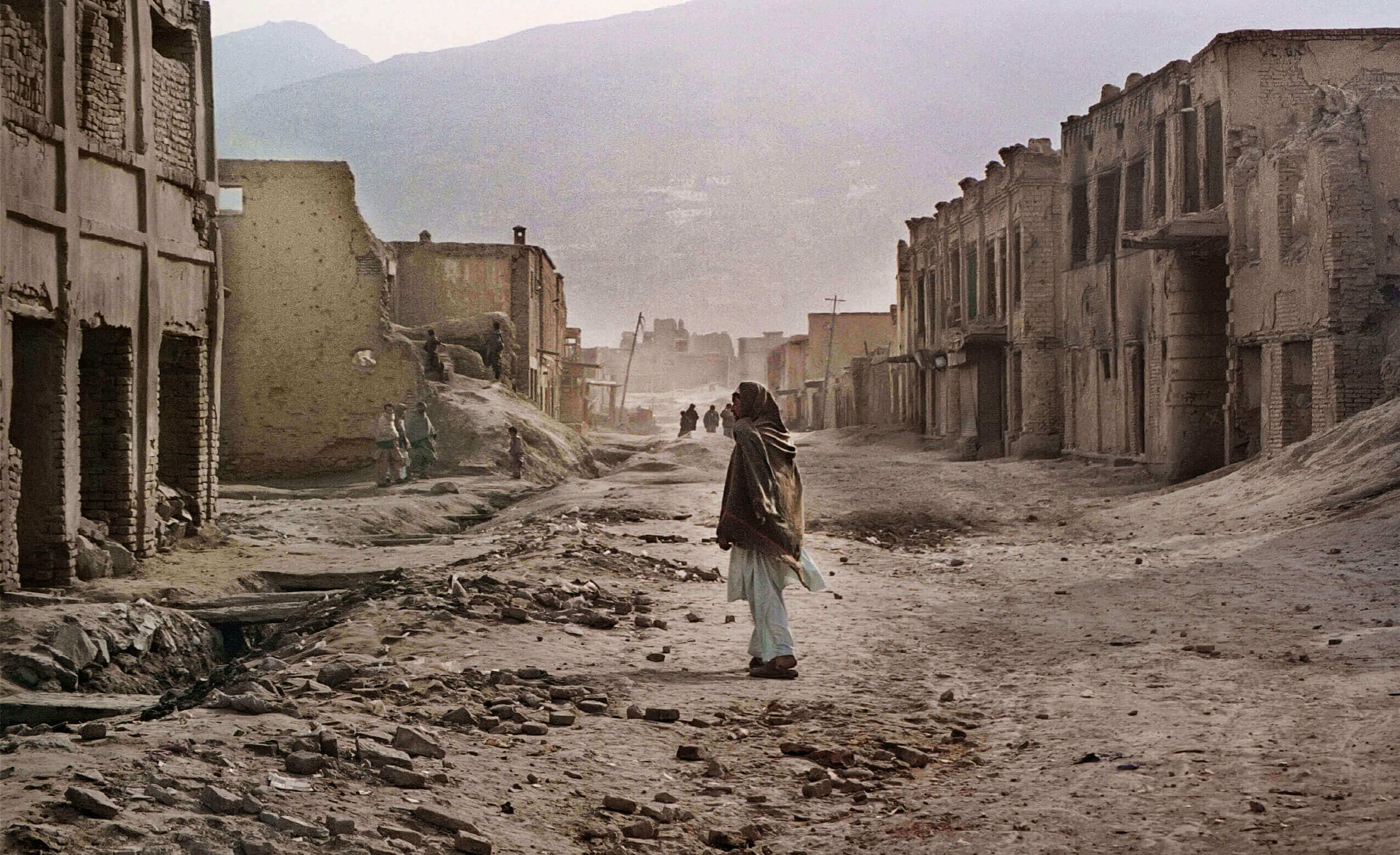
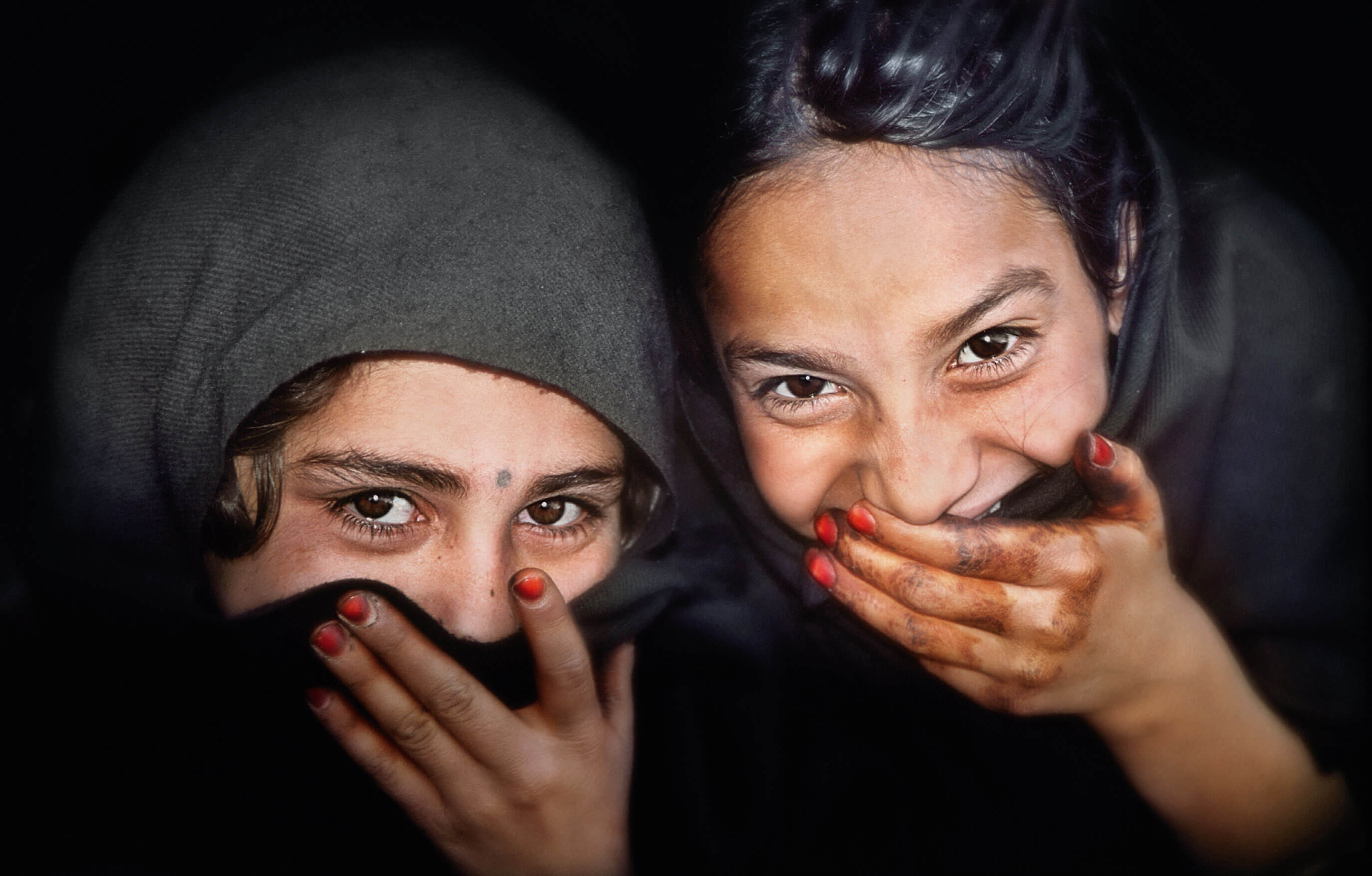
WHAT DID YOU AND I GET PISSED OFF AT TODAY?
It’s hard to be happy unless you’re thankful, and it’s difficult to be thankful without some context. These kids provide context not by comparison between what we have and what they don’t, but rather by the inspiration we get from seeing how full a life they live with so little. This girl’s face was burned by an explosive a month after September 11. Her eyes have seen so much destruction and know so much pain, yet the light still shines through.
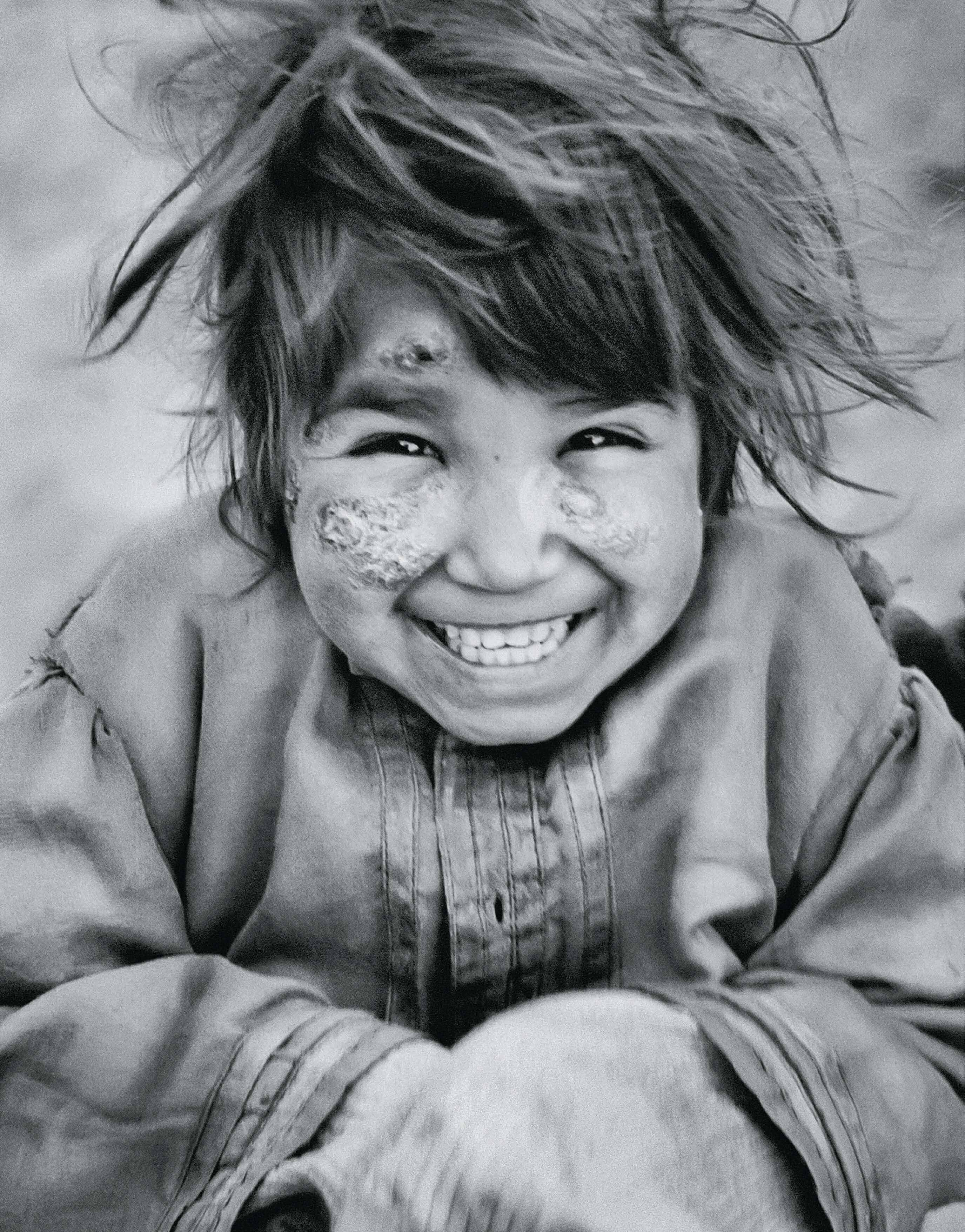
YOU CAN FAKE A SMILE WITH YOUR MOUTH BUT IT’S
IMPOSSIBLE TO FAKE A SMILE WITH YOUR EYES.
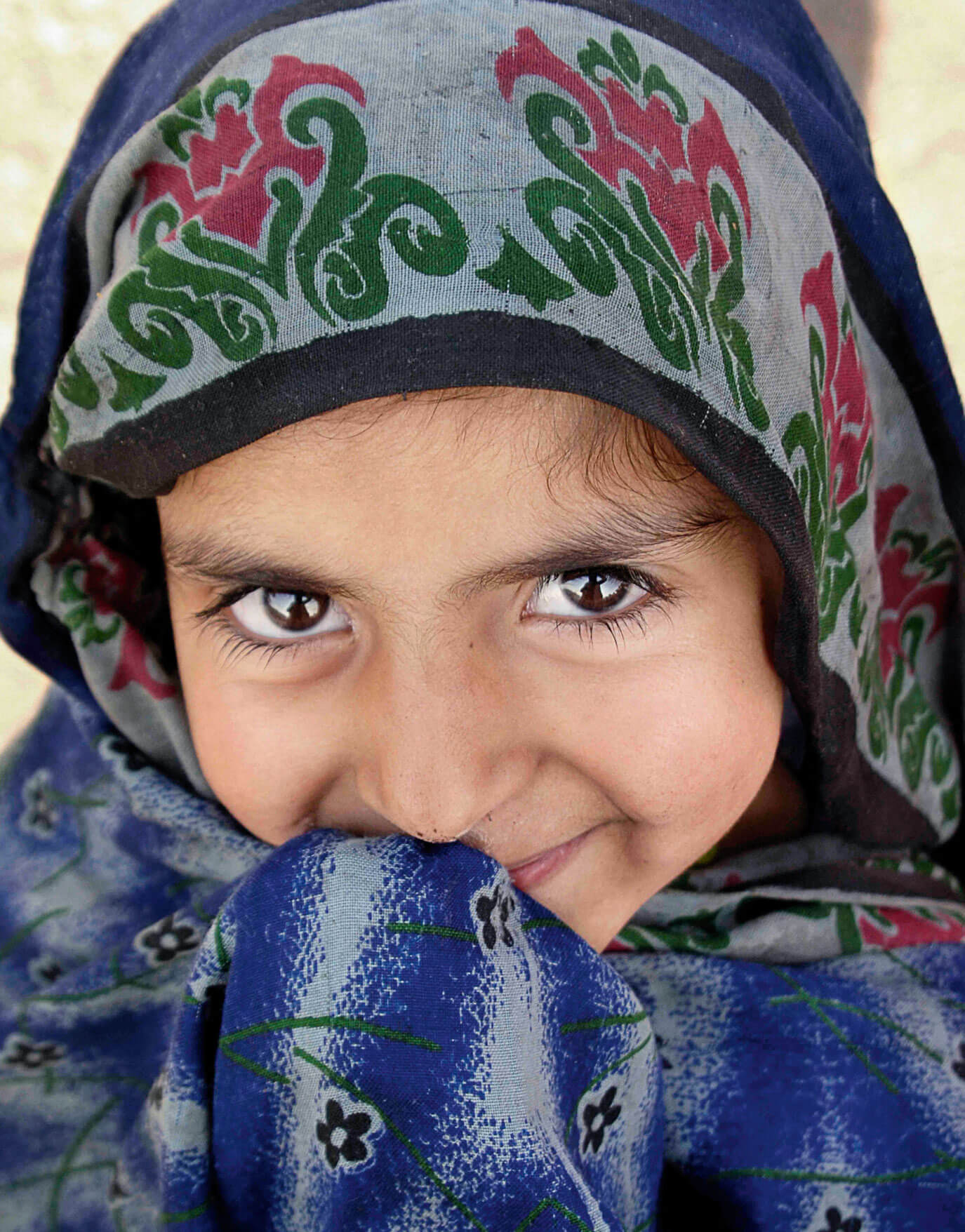
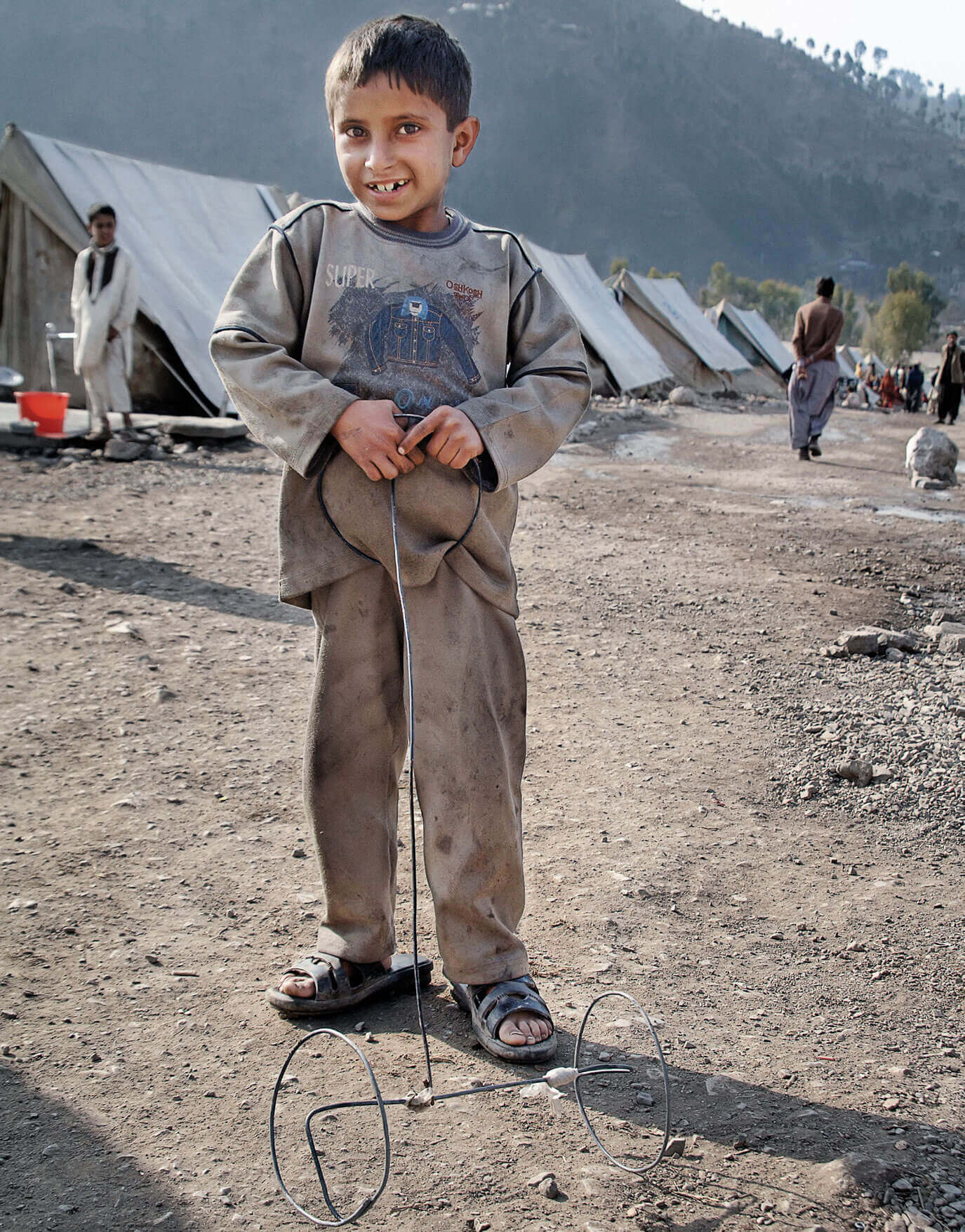
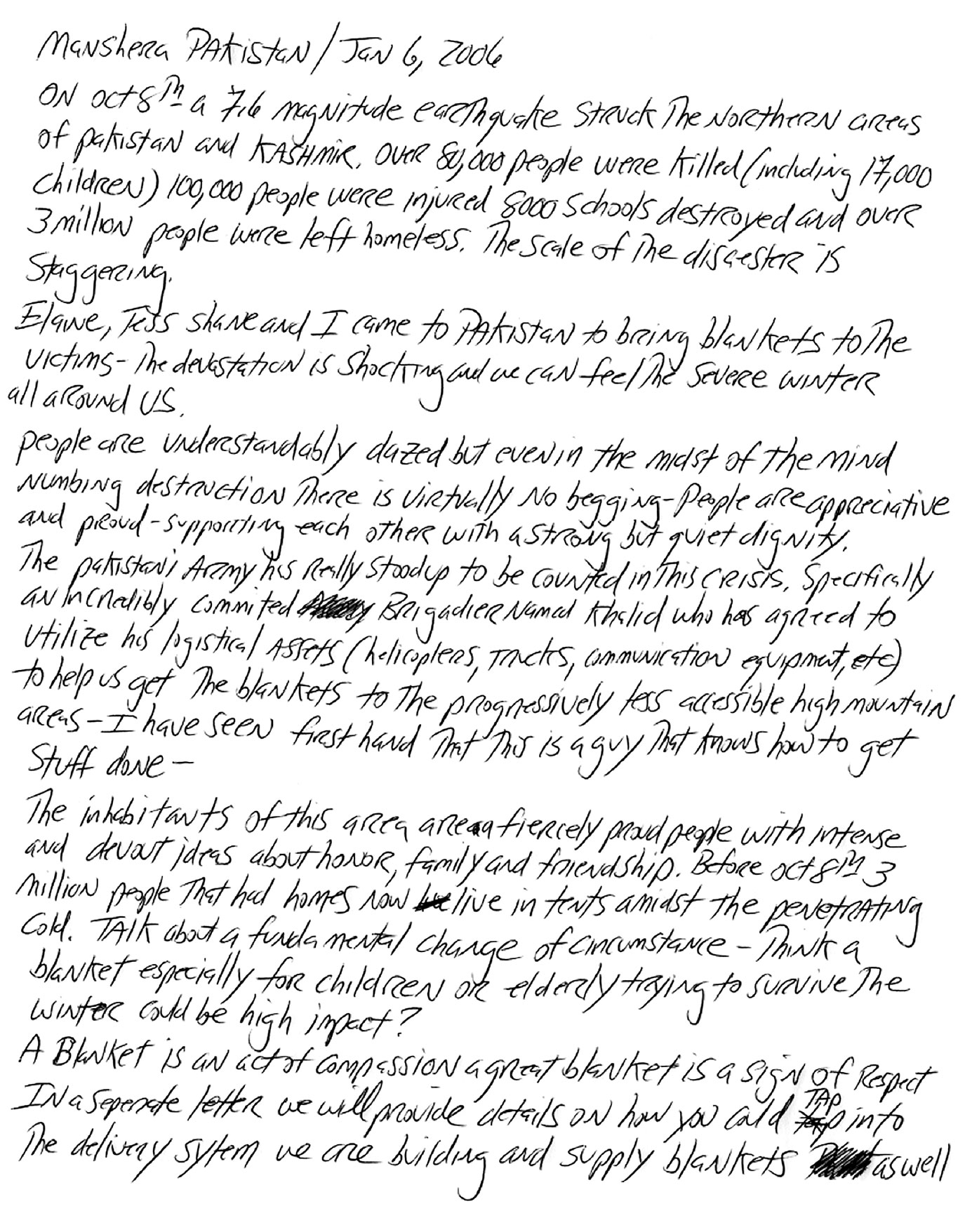
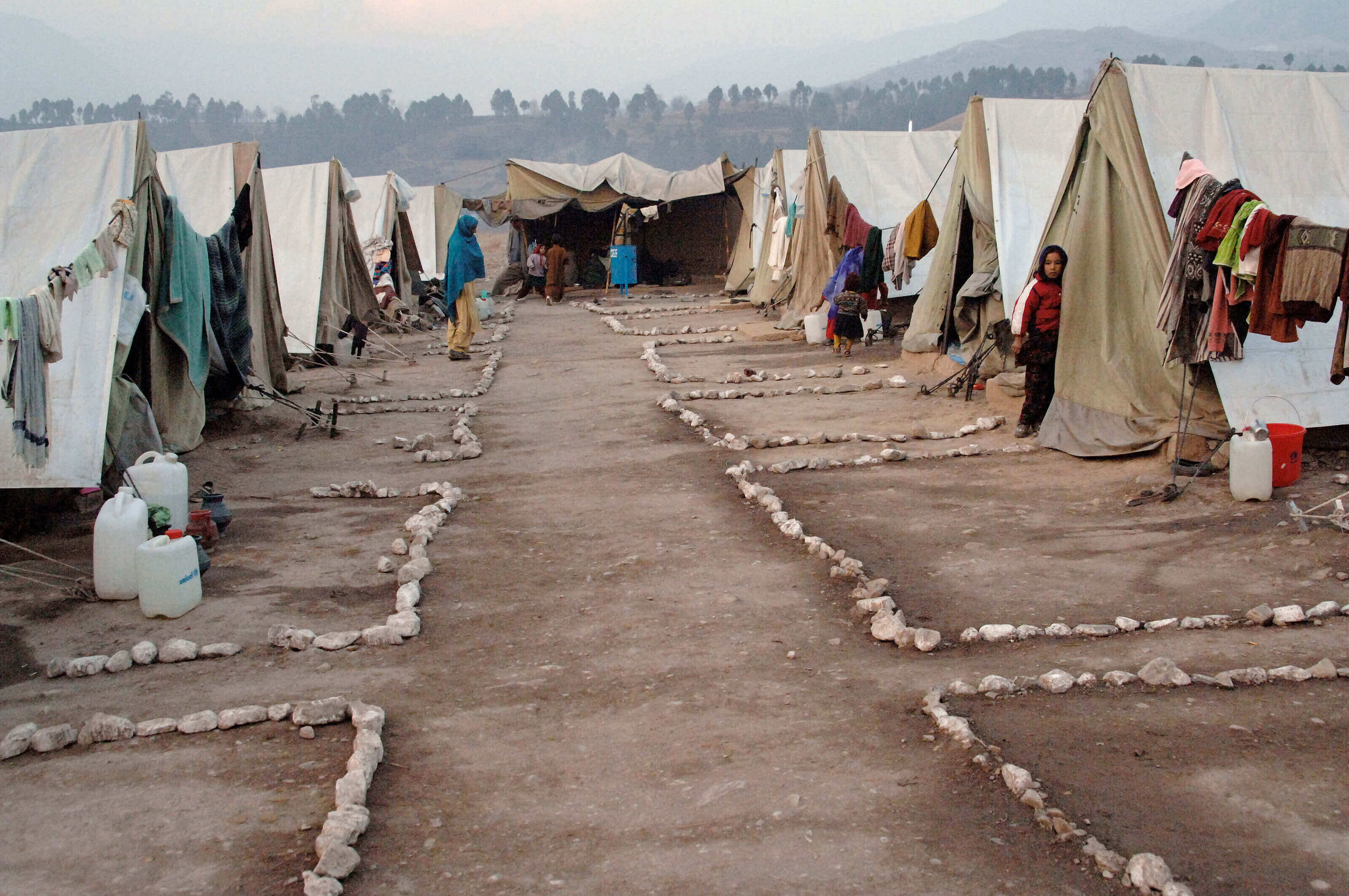

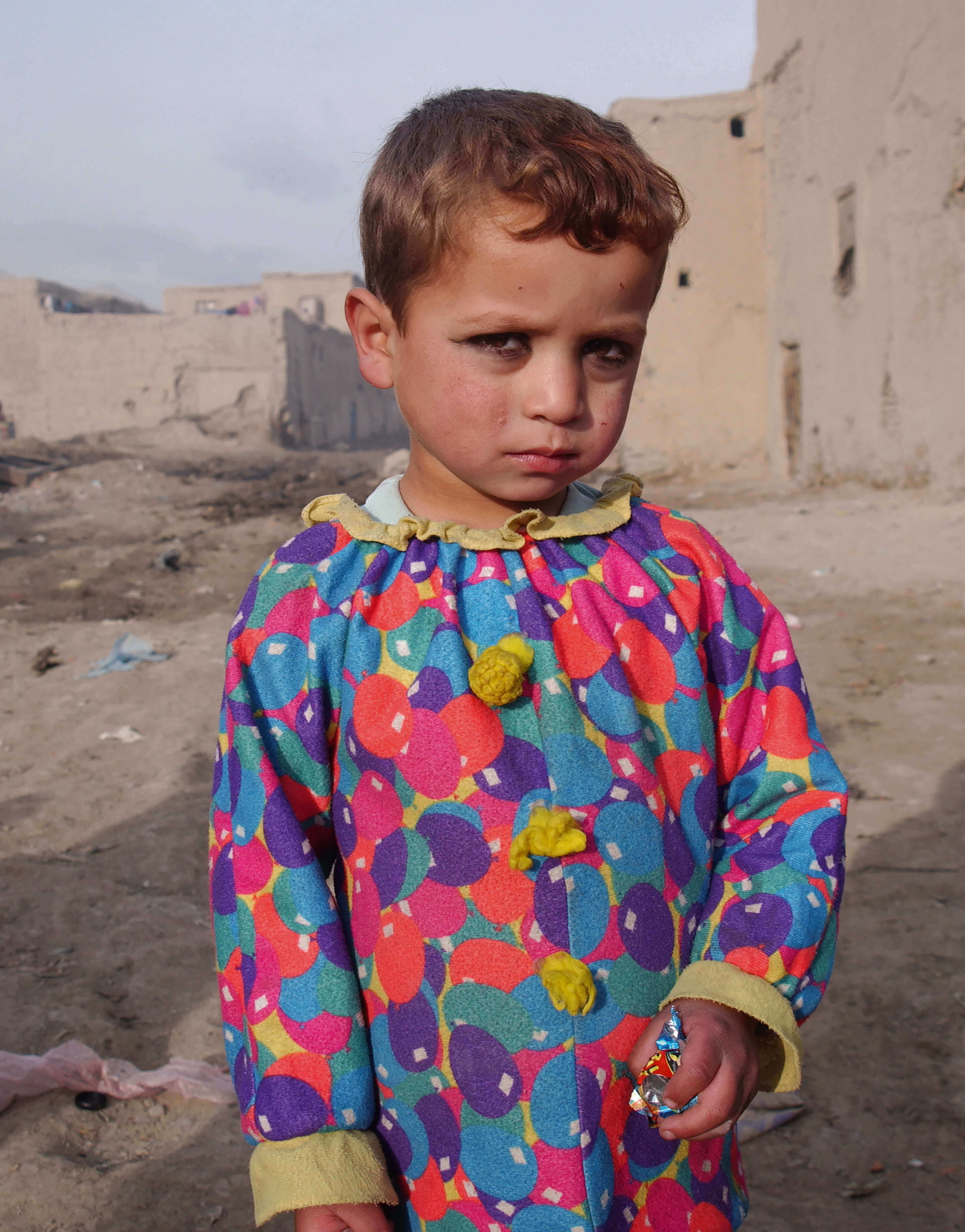

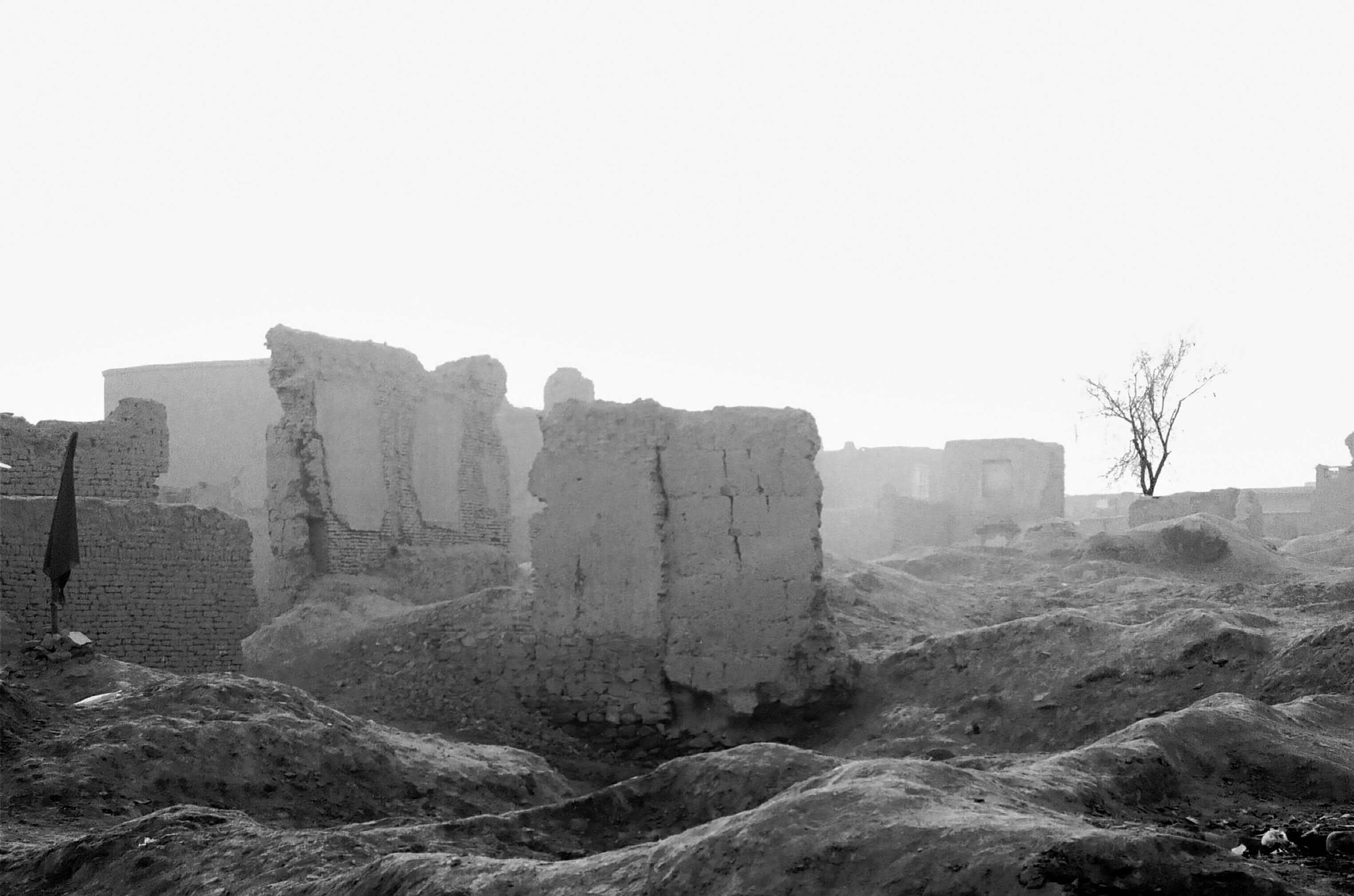
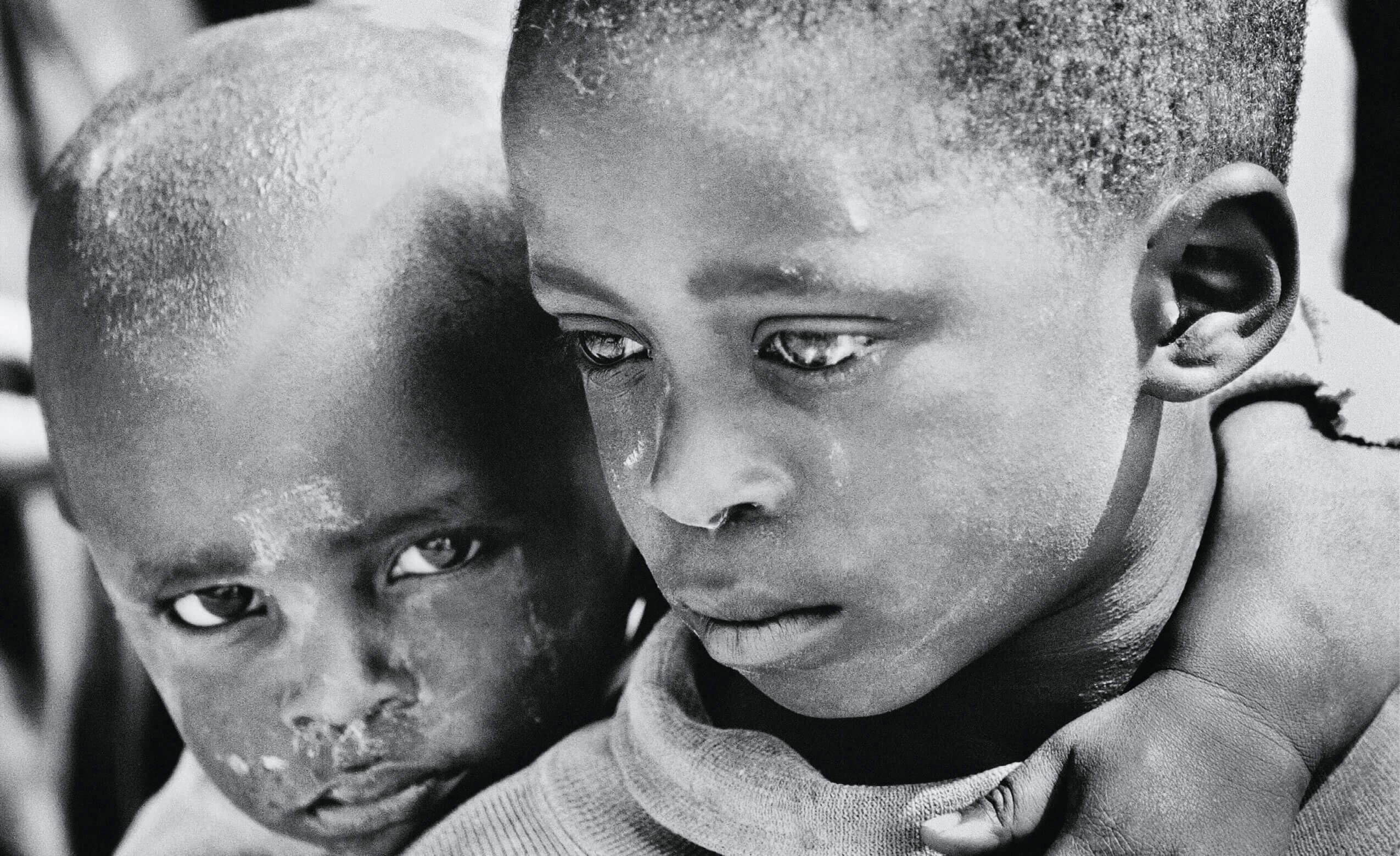
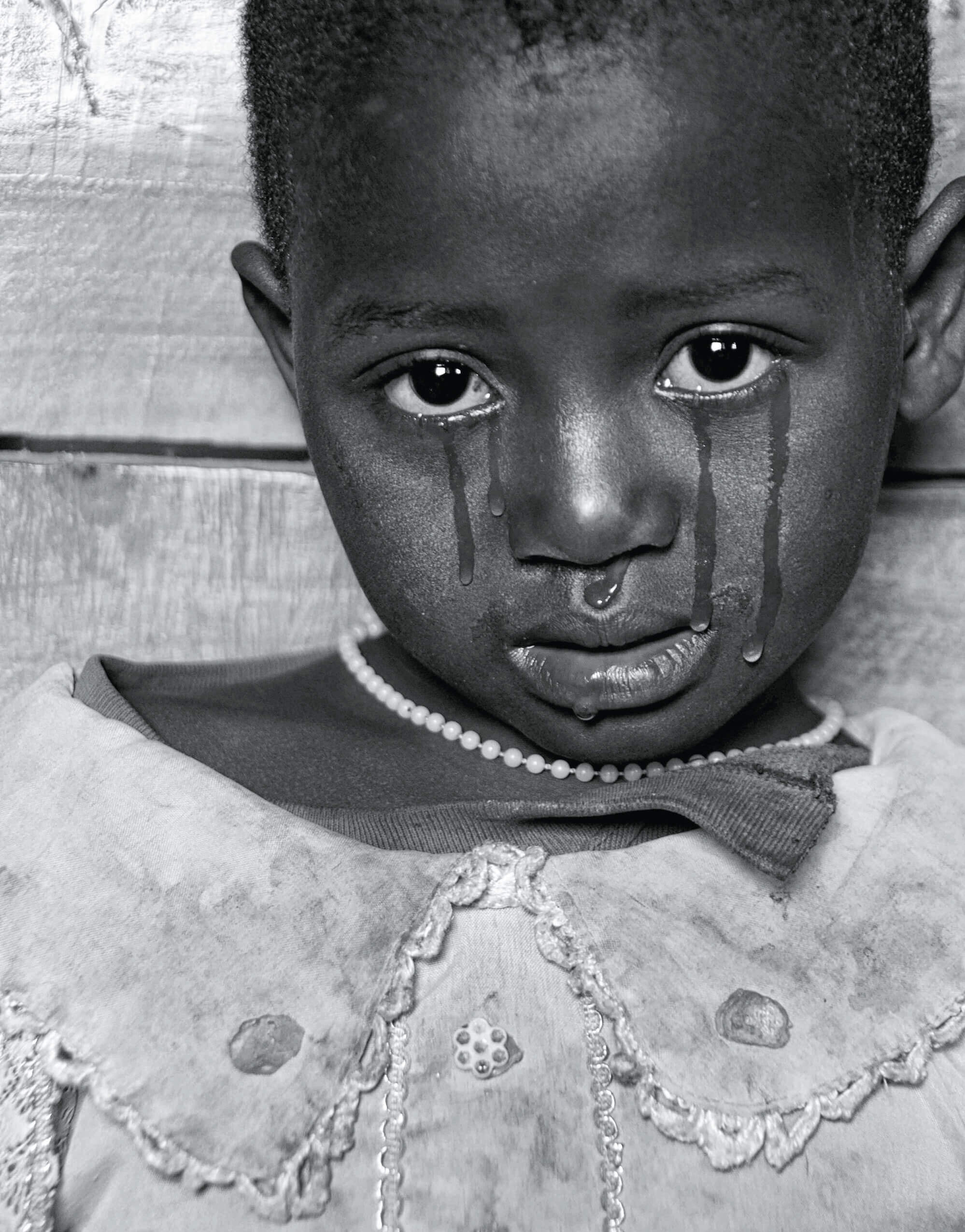
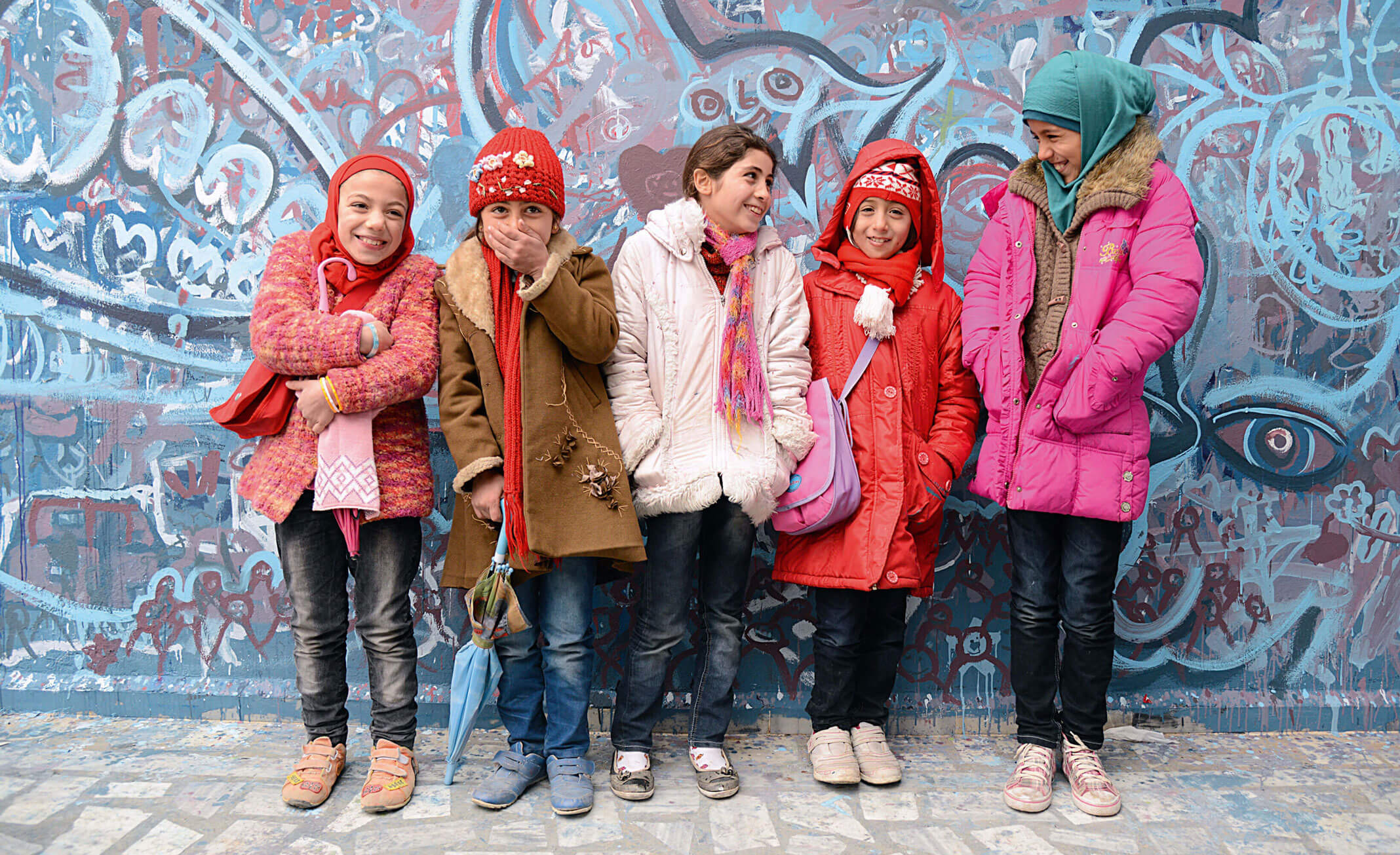
So much comes down to letting compassion rule over fear. More than twenty thousand Syrian children have been killed since the conflict began in 2011. Out of a total population of eighteen million, twelve million Syrians are now displaced.
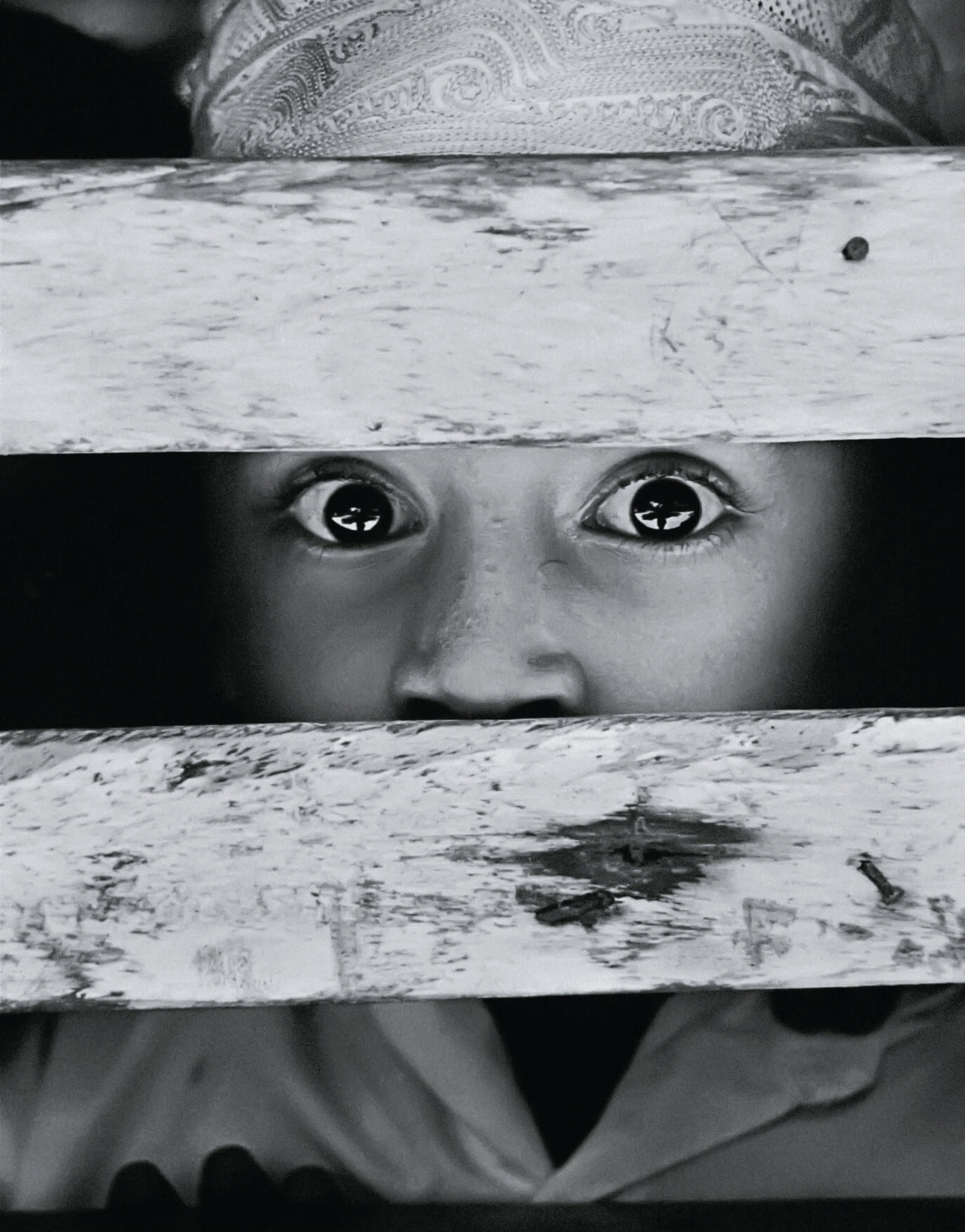
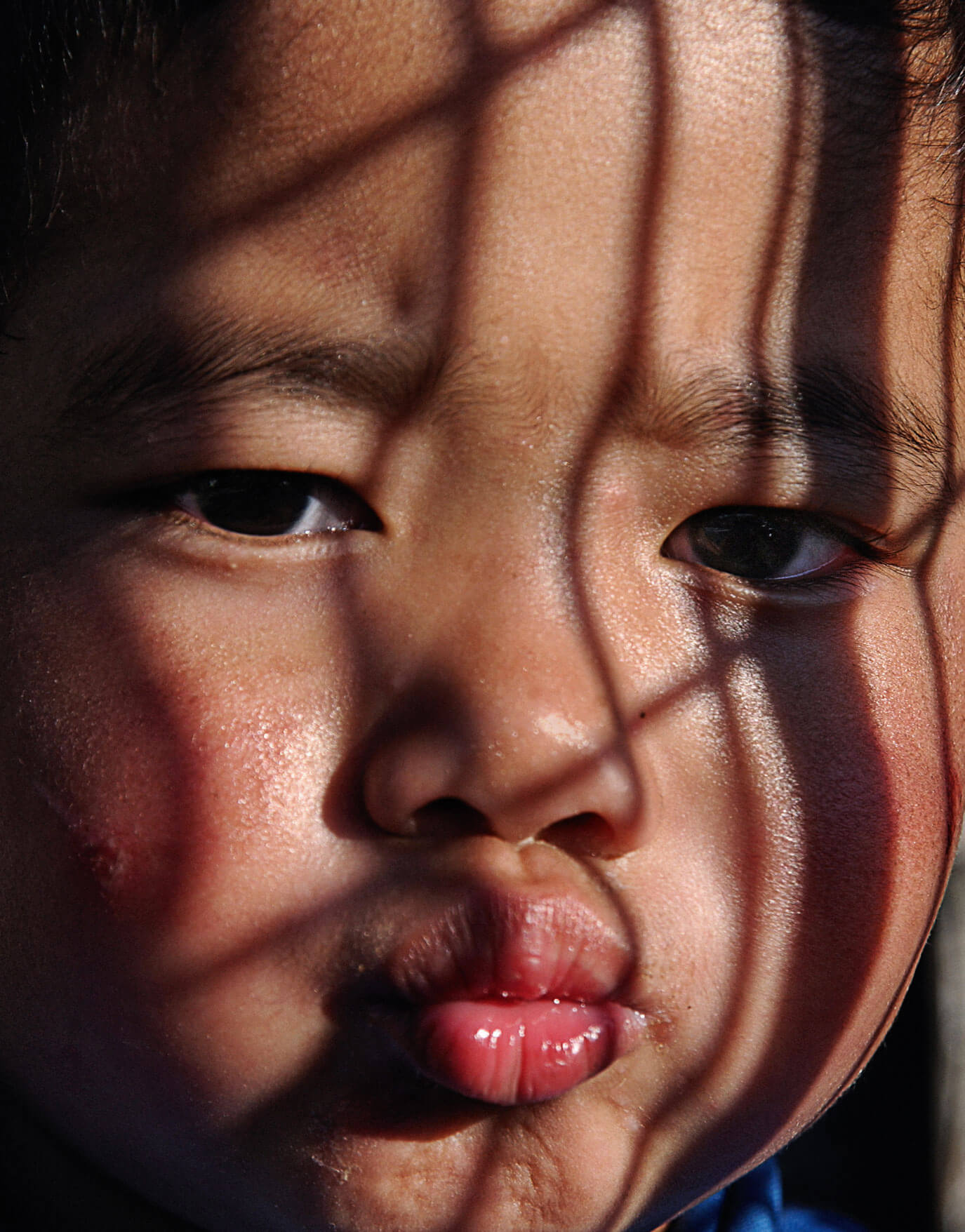
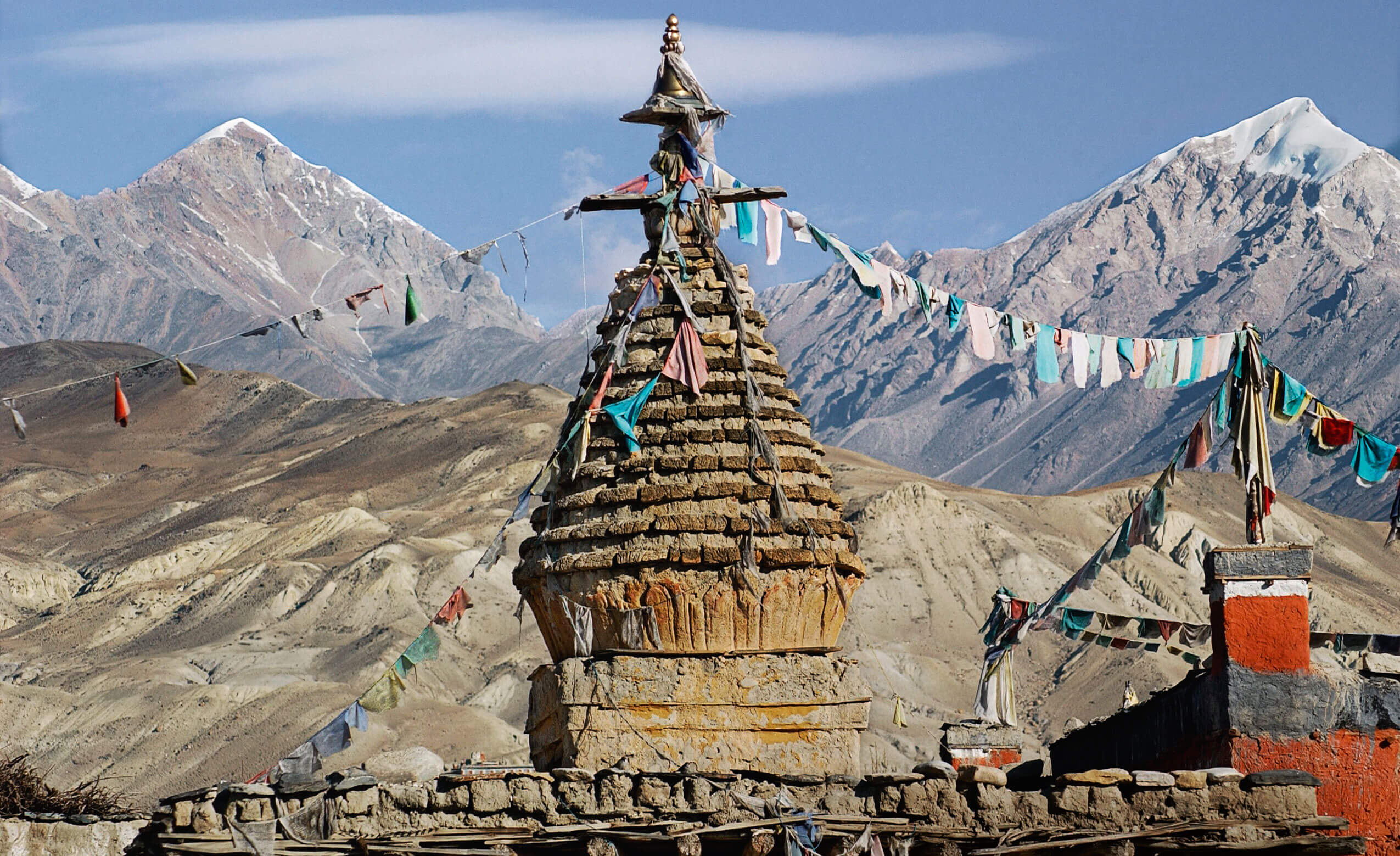
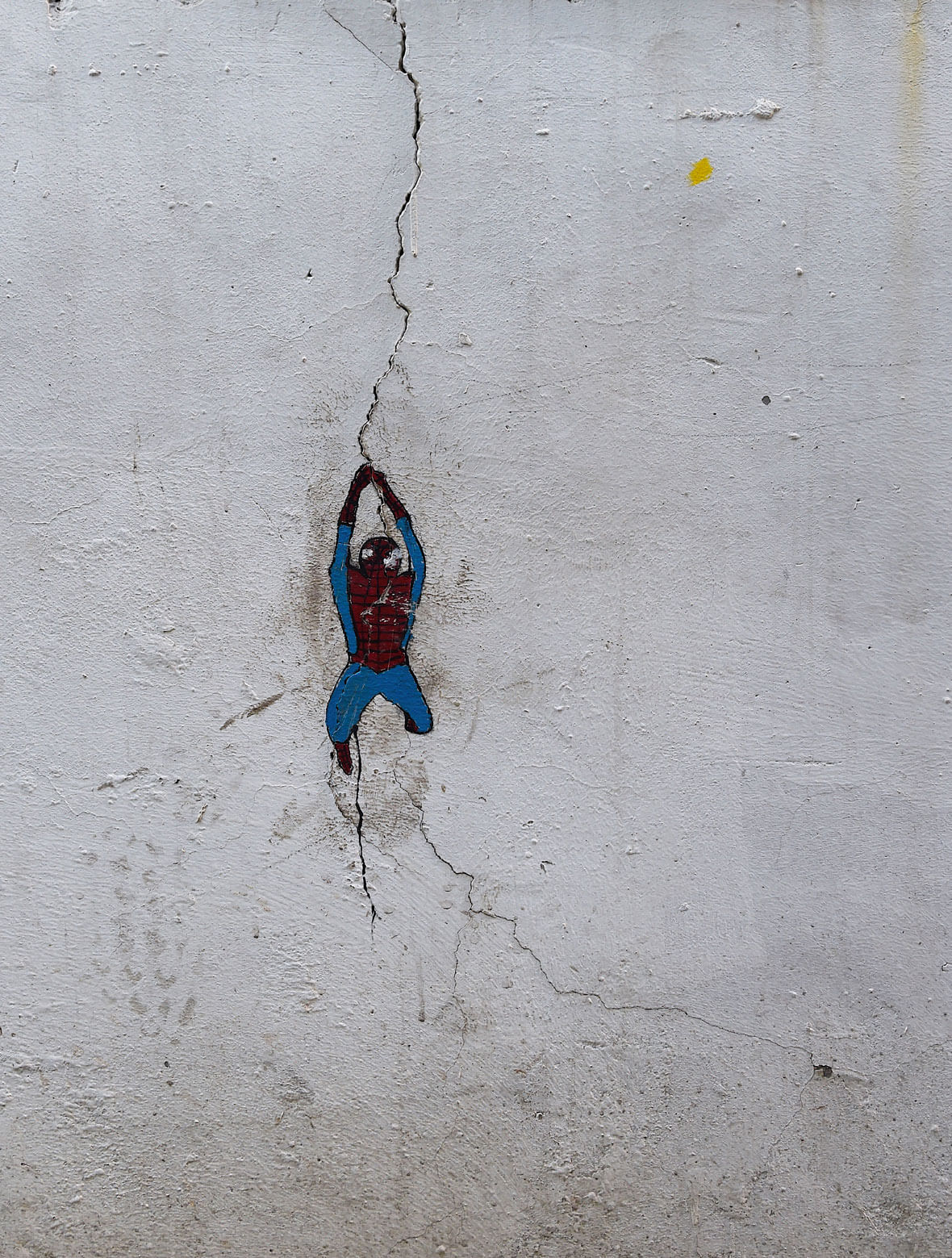
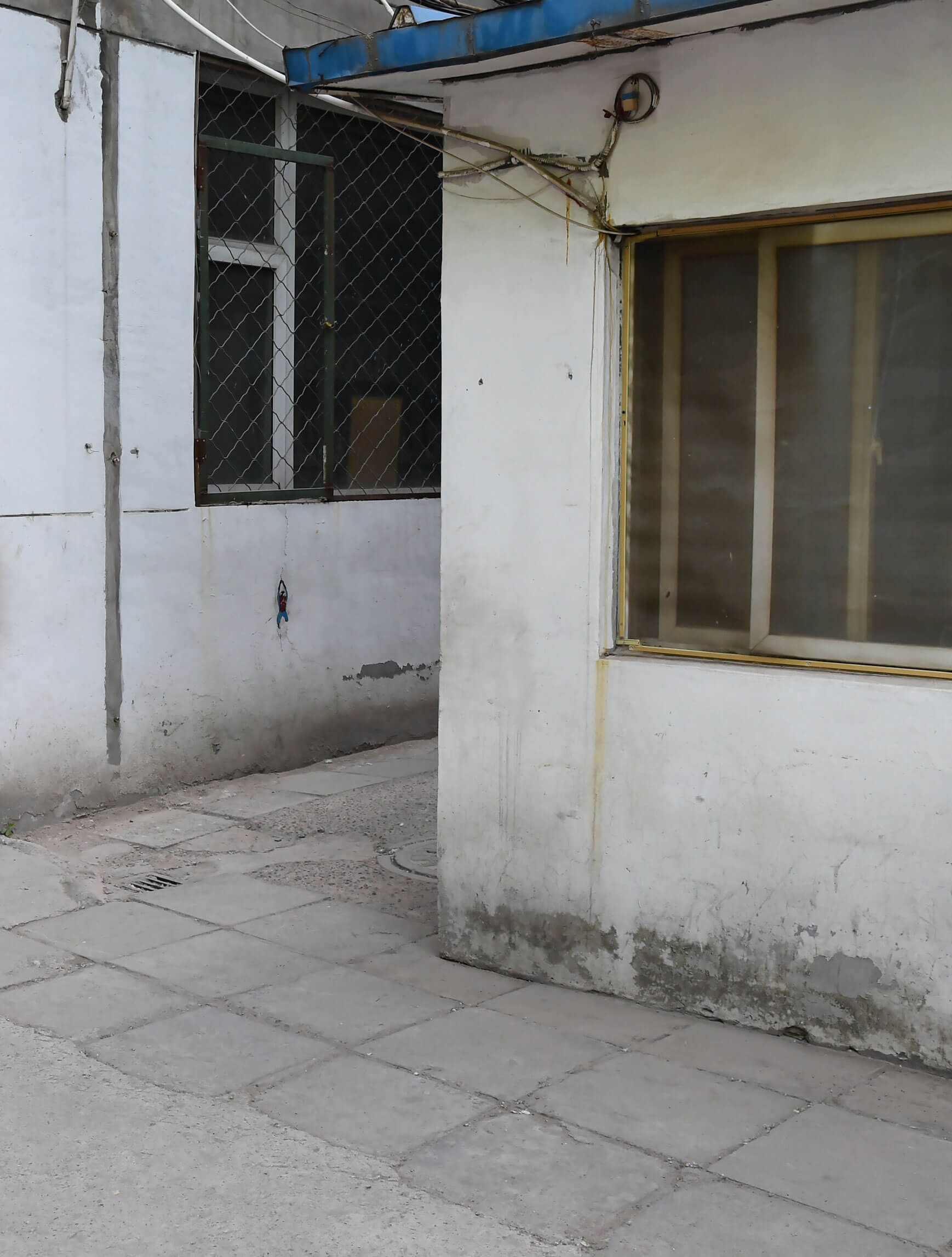
THIS IS NOT ANOTHER PRETTY COFFEE TABLE BOOK.
IT JUST LOOKS LIKE ONE.
This book is about the game-changing power of hope, thankfulness, and eyeball-to-eyeball hands-on making a difference. It’s meant to be used as a tool to stimulate your thinking, possibly even your doing. I hope you leave it lying around and use it often.
